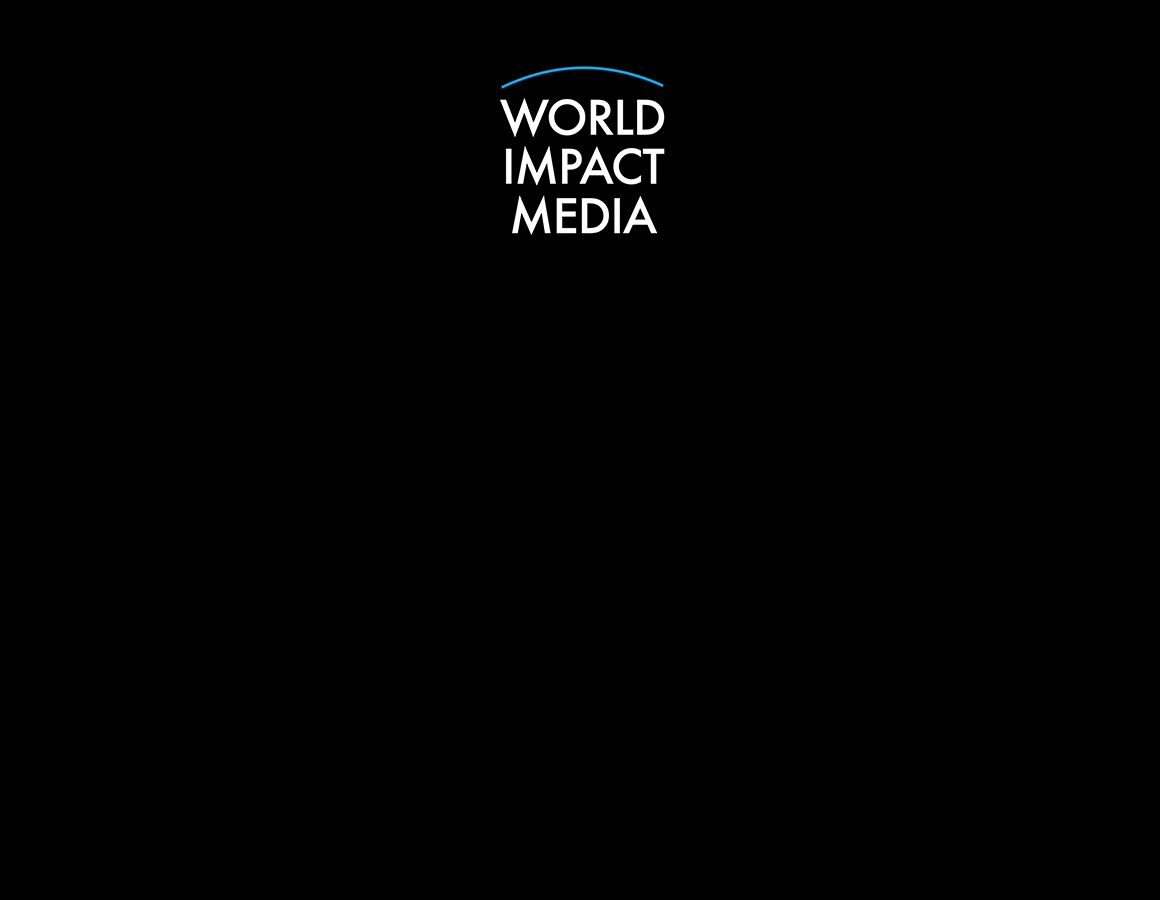A recession is typically defined as a significant decline in economic activity lasting for an extended period. While no single factor confirms a recession, economists watch a combination of key indicators that signal when the economy is contracting. Here are the most common signs:
1. Negative GDP Growth
When a country experiences two consecutive quarters of shrinking Gross Domestic Product (GDP), it’s often considered a technical recession. GDP measures the overall economic output, and a decline suggests reduced business activity, lower consumer spending, and weakened investment.
2. Rising Unemployment
As demand slows, businesses often cut costs by laying off workers. A sustained rise in unemployment is a strong indicator that the economy is under stress.
3. Falling Consumer Spending
Consumer spending drives a major portion of economic growth. When households start cutting back due to uncertainty or loss of income, it can accelerate a downturn.
4. Decline in Business Investment
Companies typically reduce spending on equipment, expansion, or hiring when they anticipate lower demand, which reflects a lack of confidence in future growth.
5. Stock Market Volatility
While not a direct cause, sharp declines or prolonged instability in equity markets can reflect investor fear and declining expectations for corporate earnings.
6. Inverted Yield Curve
When short-term interest rates rise above long-term rates, it’s known as an inverted yield curve—a historically reliable predictor of a coming recession.
7. Drop in Manufacturing and Industrial Output
Declining production levels often indicate reduced demand for goods, which is a strong signal of slowing economic activity.
8. Low Consumer and Business Confidence
Surveys that track confidence levels can show whether people and companies are likely to spend or save. A sharp drop can precede or confirm a recession.
9. Tightening Credit Conditions
When banks become more cautious in lending, it becomes harder for businesses and consumers to access credit, which further slows down economic activity.
Monitoring these indicators together helps economists and policymakers assess whether the economy is heading toward a downturn or already in one.














